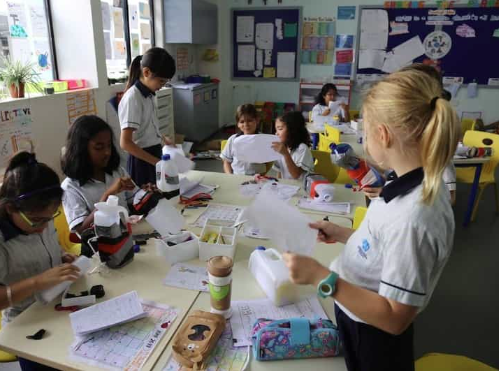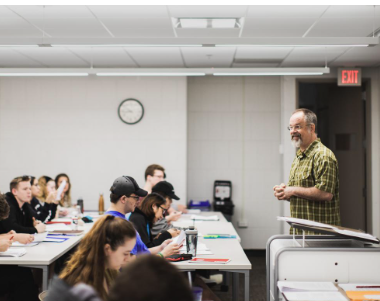Creativity is an essential part of student development, and high school programs that nurture creative thinking help learners succeed in academics, problem-solving, and future careers. Whether expressed through visual arts, music, writing, design, or innovative thinking, creativity allows students to approach challenges with confidence and originality. High school programs that integrate creative experiences support student growth in meaningful ways.
Courses in the arts—such as painting, drama, photography, and digital media—encourage students to explore their imagination and develop unique perspectives. These experiences help students learn how to express emotions, interpret the world around them, and communicate through various mediums. Beyond traditional art classes, schools are increasingly offering courses that blend creativity with technology, such as video production, animation, and graphic design.
Creative thinking is also promoted through project-based learning and interdisciplinary studies. For example, when students are asked to design a science experiment, build a model for a social studies project, or write an original research paper, they are using imagination and critical thinking together. This process helps them connect knowledge across subjects, deepening their understanding and engagement.
High school clubs and extracurricular activities further expand creative opportunities. Programs like yearbook committees, music ensembles, theater productions, and writing groups allow students to explore their interests, collaborate with peers, and take pride in shared accomplishments. These activities also support teamwork, responsibility, and leadership development.
Creativity in education isn’t limited to the arts. It plays an important role in science, math, and business programs as well. Students in engineering tracks may design prototypes, while those in marketing classes create advertising campaigns. Encouraging original thinking across all disciplines helps students learn that creativity is not just about art—it’s about approaching problems with fresh ideas and flexible thinking.
Educators who prioritize creativity often use open-ended questions, design challenges, and student-led projects to spark curiosity. When students are given choices in how they complete assignments, they feel more ownership and motivation. This kind of learning environment builds confidence and resilience, as students are encouraged to experiment and learn from mistakes.
Additionally, creative experiences in high school help students explore future interests and careers. A student who writes for the school newspaper might discover a passion for journalism. A student involved in theater may go on to study performance or communication. These programs not only shape personal growth but also open doors for future academic and professional pathways.
By promoting creativity, high school programs equip students with tools they’ll use throughout life—adaptability, original thinking, and the courage to try new things. Schools that support creative expression help students become more engaged learners and more prepared for the diverse challenges of adulthood.














